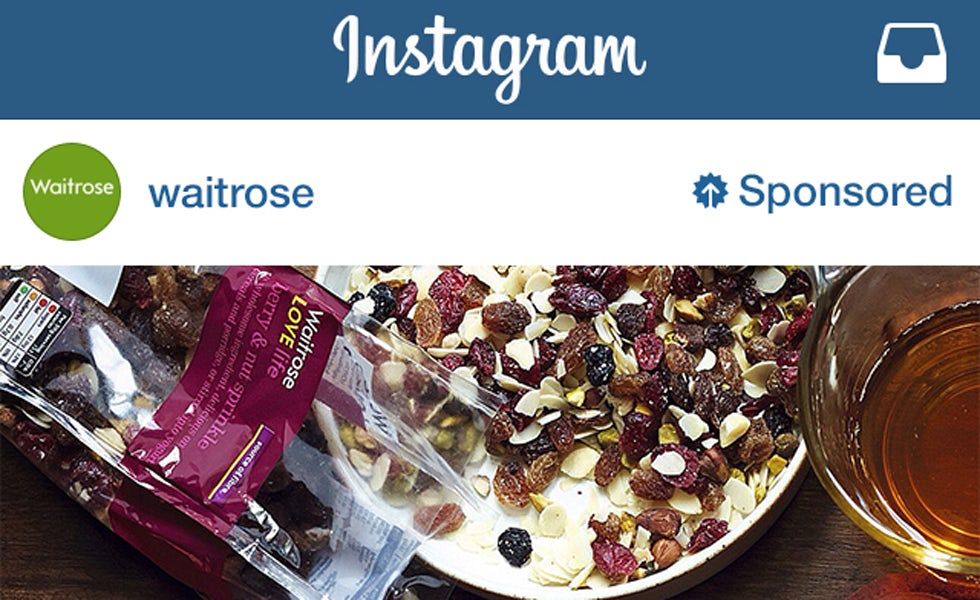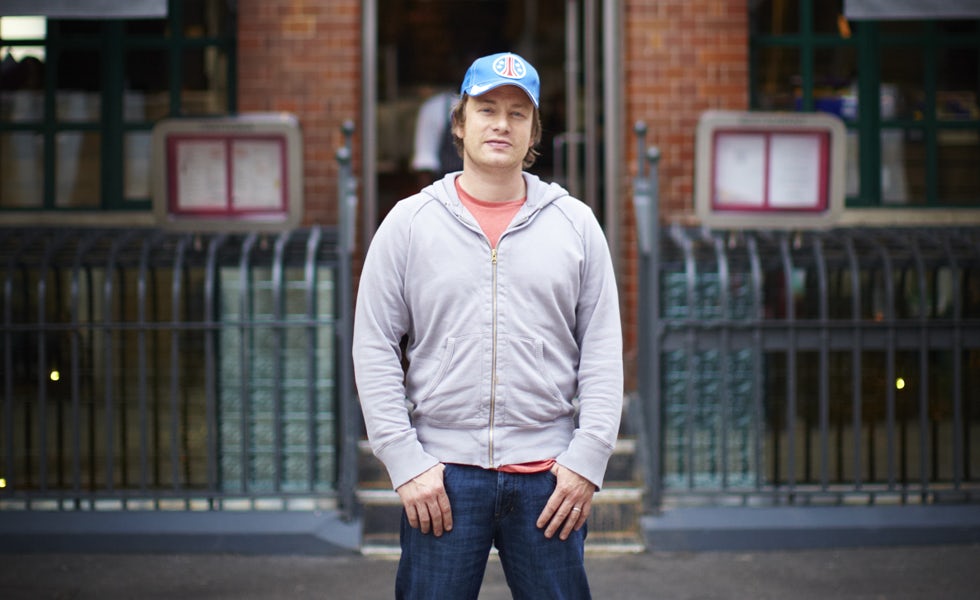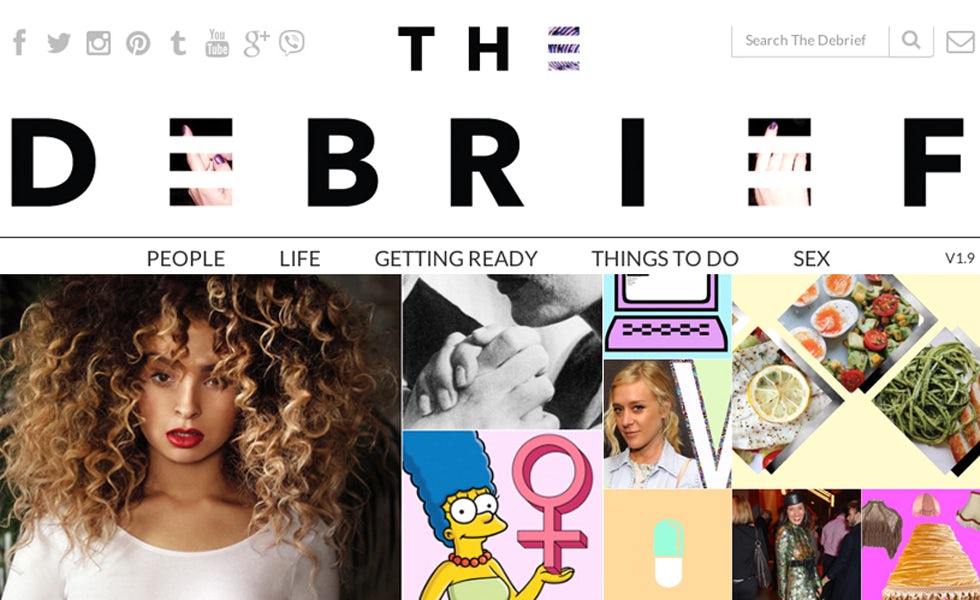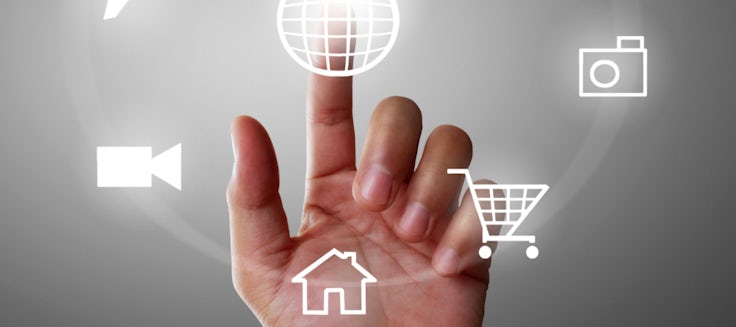How media reinvented itself at Advertising Week Europe
Old and new media have refreshed their offerings with modern marketing in mind.

The start of 2015 has already seen significant change in UK marketing, changes that have been crystallised by clear themes emerging this week from Advertising Week Europe.
It is more obvious than ever that digital is now the default option for most brands, and at the heart of Ad Week Europe’s agenda have been the efforts of established media platforms such as newspapers and magazines to make themselves fit for purpose in the age of modern marketing. Meanwhile, newer, digitally native media businesses such as social networks have adopted a more sophisticated focus on brand building and quality content.
Marketing Week caught up with several Ad Week Europe speakers away from the stage, and has distilled down the key issues that have been occupying delegates and sparking debate at the event. They point to both old and new media industries that have reinvented themselves with marketers in mind.
1. How digital builds brands

Announcing WPP’s financial results for 2014 earlier this month, chief executive Sir Martin Sorrell revealed that Google is now the advertising company’s biggest media partner, accounting for $2.9 billion (£2bn) of its investments on behalf of clients. Spending on Facebook increased by 45% last year, while on Twitter it trebled. The figures reflect WPP’s “digital everywhere” strategy and its response to the shifting media landscape, Sorrell explained.
Many of the Ad Week Europe seminars have considered the delicate balancing act that today’s marketers are expected to perform across a multitude of touchpoints and responsibilities. Because of the need to develop digital skills and capabilities for proving return on investment or fostering long-term brand engagement, modern marketing professionals are being pulled in a variety of directions at once.
Tracy Yaverbaun, head of brand development EMEA for Instagram, suggests that the event has allowed marketers to take a step back and consider their priorities. Yaverbaun, who spoke at the Guardian Leadership Breakfast that kicked off the event on Monday (23 March), says she is keen now to see brands and marketers re-engage with their creative instincts.
“Communication in recent years has shifted to image over text – especially for millennials,” she adds. “Brands have an opportunity, which is still very nascent, to be part of that communication and to express the essence of their brands in a very visual way. From our perspective we’re keen to talk about inspiring that creativity.”
Instagram launched its advertising business in the UK last September, with the photo-sharing social network enabling brands to post sponsored images in users’ feeds for the first time. Yaverbaun addressed early case studies from this business during Ad Week Europe, but with a focus on long-term brand metrics, rather than direct response measurements like clicks and comments.
“I think people can over-complicate things,” she says. “[Instagram] is so similar to traditional advertising in many ways – it’s the device that’s different. Brands have been inspiring people for years in different formats and I think we’ve pivoted so far in the other direction in trying to measure absolutely everything that we’ve lost a bit of the art and the magic.”
2. The content economy

Amid all the Ad Week Europe seminars about big data, mobile analytics and automation, there has been an equal focus on the importance of creating content that people want to share and engage with. Lisa Tookey, commercial director at the Jamie Oliver Group, told delegates how YouTube has now become the company’s central marketing platform.
The group’s presence at Ad Week Europe has been significant in itself, given that it spends nothing on advertising across its various businesses that include restaurants, cookware and media. Instead it maximises its owned and earned channels to grow the Jamie Oliver brand globally, activate brand partnerships and increase its potential customer base. YouTube is a particularly prominent channel for this, though the company also experiments with other social media and new digital platforms to reach consumers in different ways.
“Eighty-five percent of our content delivers what our audience is asking for, but 15% of our content is for us to test and learn,” explains Tookey. “One thing we’re starting to do is have content that lives on YouTube but that premieres somewhere else, such as Facebook.”
Given the heightened focus on digital content, it is not surprising that vloggers have had a greater presence than ever before at Ad Week Europe. Jim Chapman, a YouTube star who has over 2 million channel subscribers, says he is inundated with approaches from brands about possible partnerships but that these are often unsuitable. Chapman spoke at a seminar hosted by Marketing Week’s sister brand Celebrity Intelligence, exploring the topic ‘Why social influencers are the new celebrities’.
“[Offers for brand partnerships] come in pretty much every day and in 99% of cases it’s an instant ‘no’ because it’s either not a brand I want to work with or be associated with, or it’s a ridiculous idea where it’s like an advert,” says Chapman.
“My audience aren’t stupid – they know when they’re being sold to. When it comes to TV you expect ads at some point, but on the internet there’s so much stuff out there that if you’re being sold to you’ll just think ‘OK, next’.”
3. Traditional media bites back

Digital is naturally high on the agenda, but key players from established media outlets have also been out in force at Ad Week Europe. New research from broadcasters’ marketing body Thinkbox points to the ongoing value of television to brands, with TV ad revenues in the UK up by 6% in 2014 to £4.9bn. Plenty of discussions have focused on the continued importance of traditional media, but also on its changing role in the context of new tech and media fragmentation.
David Pemsel, deputy chief executive of the Guardian, believes that the lines between different forms of media are blurring and that as a result, the decline in newspaper print circulations is becoming less of a strategic issue for his company. “We have bundled up print, mobile, tablet and desktop and talked about targeting audiences – not necessarily the platform they are on,” he says.
Pemsel adds that the Guardian’s moves into programmatic advertising have allowed it to service brands’ digital needs with a higher level of contextual relevance. Last week the Guardian, the Financial Times, CNN, Reuters and the Economist announced a new private programmatic marketplace called the Pangaea Alliance, which will give brands access to their combined digital audience of over 110 million online readers.
This coincided with a separate announcement from Channel 4 that it has signed Dentsu Aegis Network as the first agency group to buy advertising programmatically on its soon-to-launch digital TV service All 4, which replaces 4oD this year.
Bauer Media’s advertising director Richard Dunmall also believes there has been a “swing back” in favour of quality editorial brands that can service advertiser needs, as manifest in the rising popularity of native advertising. Bauer, which owns brands like Empire, Grazia, and Absolute Radio, launched the Debrief at the end of 2013: a digital media brand for women that uses real-time data to shape its editorial and advertorial content. It also unveiled a new content division dedicated to creating “bespoke” brand content at Ad Week Europe.
“Brands have realised that it’s quite hard to engage in the long tail of social media and that there is value in engaging in an environment that it is chosen by consumers and that they love, pay for and are entertained by,” says Dunmall. “It’s no surprise that we’re seeing so many content divisions pop up, or that the world of celebrity and talent is being interwoven with brand messaging.”

Abba Newbery, director of advertising strategy at News UK, is similarly keen to highlight the difference between established media brands such as the Times, and digital upstarts like BuzzFeed. She argues that the long history of newspapers in producing paid-for, in-depth journalism is one of their key selling points to advertisers and an antidote to the disposable ‘clickbait’ culture of other digital media brands.
“Achieving scale doesn’t feel interesting or differentiated anymore,” she says. “However getting people’s attention and developing a long-lasting relationship with them – that feels like a very interesting game.”
“Achieving scale doesn’t feel interesting or differentiated anymore,” she says. “However getting people’s attention and developing a long-lasting relationship with them – that feels like a very interesting game.”
4. Taming technology
There has been a sense at this year’s Ad Week Europe that when it comes to tackling the challenges presented by new technology, there is safety in numbers. The programme notes for the Wired Innovation Roundtable state that “collaboration has never been more important” for brands that want to reach today’s “increasingly elusive” consumers across multiple devices.
LinkedIn is among the brands seeking to foster this spirit of collaboration at the event. The social network for professionals hosted Ad Week Europe’s first ever forum for business-to-business marketers, encompassing both small enterprises and big corporates such as IBM and Microsoft. LinkedIn’s director of marketing solutions EMEA Josh Graff claims that for too long the B2B sector has been “the Cinderalla of marketing” and that it is time for it to “come to the ball”.
“Traditionally people have considered B2B marketing to be primarily focused on lead generation, but over the last couple of years with the proliferation of social platforms, feed-based advertising and access to increased amounts of content, the buying cycle has become so complex that you have to think about the top of the funnel as well,” he says. “In the B2B sector that involves driving awareness, consideration and preference, as well as driving leads.”
Last month LinkedIn launched a new service to allow B2B brands to place targeted ads on a network of professional websites outside of its own service. Graff says that the company aims to encourage debate among brands and agencies about the role that automation should play in the B2B marketing world.
“Brand-building hasn’t traditionally been viewed as being as fundamental in B2B as it is in B2C, but that isn’t right,” he says. “We want to nurture the discussion around how B2B brands build their brands while also generating marketing qualified leads for their respective sales organisations.”
YouTube’s head of brand propositions for EMEA Derek Scobie believes there is often a disparity between the emergence of new technologies and their effective applications by brands – hence the interest in finding new solutions at Ad Week Europe (see Q&A). There is also a disparity between different brands’ objectives, as demonstrated by Scobie’s focus on reaching large audiences, compared to the opposing view put forward by News UK’s Newbery.
“We talk a lot about revolutions in advertising and marketing at the moment, but in reality there’s quite a lot of lag and holding on to the ways we’ve worked in the past,” says Scobie. “I’m keen to help brands understand how they can make successful content at a much greater scale than they do today.”
Whether scale or long-lasting engagement is the bigger priority, Ad Week Europe has been a forum for brands of all shapes and sizes to hunt for the partnerships and tactics that will help give them that crucial edge.






